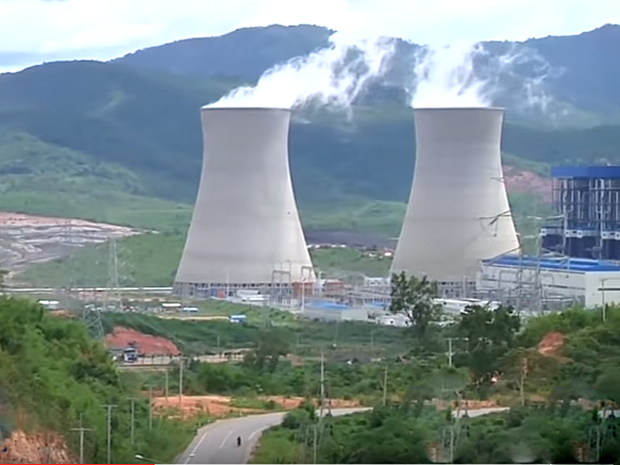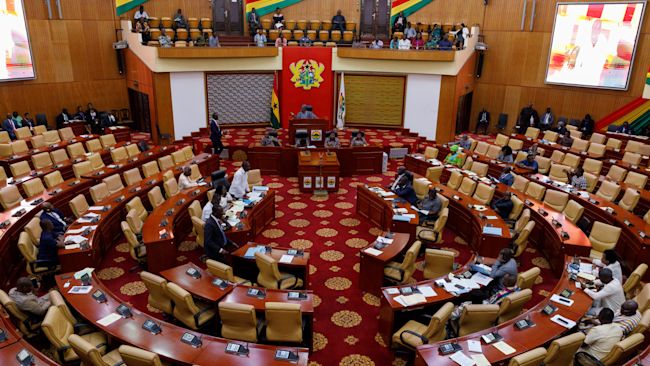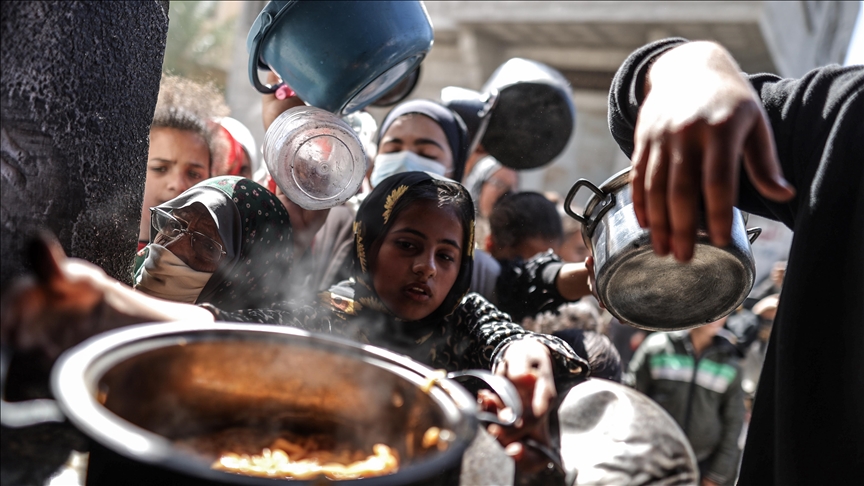by Steve Suwannarat
Located in Laos but controlled by Thai companies, the plant burns lignite to generate energy exported to Thailand. Early studies conducted on Lua populations found high levels of mercury in their bodies, confirming prior fears about the plant’s impact on the environment.

Bangkok (AsiaNews) – Thailand’s northern regions are home to a variety of ethnic groups that are only partially integrated in the country; here, several initiatives aimed at environmental sustainability have been undertaken to avoid emigration.
The Thai royal family is also involved in various laudable activities meant to convert opium plantations into profitable productions like growing coffee, flowers, tapioca, and mulberry that are economically profitable but less socially disruptive.
However, at both local and national levels, growing environmental awareness is challenged by large scale monopolistic groups and environmental damage that come outside Thailand.
One example is the use of the upper and middle course of the Mekong River for hydroelectric development, especially by China, with dams and plants in China but also in Laos. Another example is resource development in northern Myanmar, largely led by Chinese groups.
As a result, not only is the flow rate of various rivers considerably reduced or irregular to satisfy the demands of hydroelectric production, but the water itself is being contaminated directly or indirectly, including through air pollution.
A case in point is the Hongsa Mine Mouth Power Project, a coal-fired power plant in Xayaboury province, Laos, whose emissions know no border, local media have reported.
Inaugurated in 2015, it is 80 per cent controlled by Thai interests, burning 15 million tonnes of lignite annually to produce energy exported largely to Thailand.
For five months of the year, the winds carry and deposit mercury particles over a large area of Thailand's Nan province, home to the Lua people.
After warnings were issued for years, the first studies by major research institutes have confirmed the relationship between emissions from the Laotian plant and accumulation of heavy metals on the ground and the increasing soil acidity.
The concentration of mercury is of particular concern given its toxicity, with levels in living organisms up to 12,000 times greater than those normally found in the environment.
In just a few years, this level of contamination has hit humans as well. After complaining for years, residents have been finally vindicated when the authorities issued advisories warning locals to be careful about what they drink.
Respiratory diseases are also on the rise, especially among the young.
Field research found elevated levels of nitrogen dioxide and sulphur dioxide, formed by the burning of coal at the plant. This has resulted in highly acidic soil and crop diseases, affecting especially rice, coffee, and mulberry.
A World Bank 2020 report also showed that CO2 emissions in Laos grew by nearly five times in the four years after the Hongsa plant began operations.











